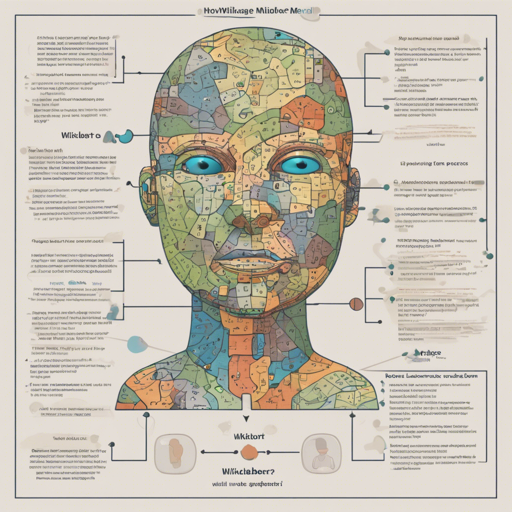Welcome to this user-friendly guide on using the Wikibert model for multiple-choice question answering in Persian. This powerful model can help streamline the process of extracting answers from given options, making it an essential tool for developers working with natural language processing tasks.
What Is Wikibert?
Wikibert is a model based on the popular BERT architecture, fine-tuned to understand and generate responses in multiple-choice question scenarios specifically for the Persian language. It’s like having a brain that specializes in parsing through various options to pick the best answer based on context.
Getting Started
Before diving into the code, ensure you have the necessary libraries installed. You will need the following Python packages:
- transformers – for leveraging pre-trained models.
- torch – for tensor operations.
Step-by-Step Implementation
Here’s a breakdown of how to set up and run the model:
from typing import List
import torch
from transformers import AutoConfig, AutoModelForMultipleChoice, AutoTokenizer
model_name = 'persiannlp/wikibert-base-parsinlu-multiple-choice'
tokenizer = AutoTokenizer.from_pretrained(model_name)
config = AutoConfig.from_pretrained(model_name)
model = AutoModelForMultipleChoice.from_pretrained(model_name, config=config)
def run_model(question: str, candidates: List[str]):
assert len(candidates) == 4, "You need four candidates"
choices_inputs = []
for c in candidates:
text_a = "" # empty context
text_b = question + " " + c
inputs = tokenizer(
text_a,
text_b,
add_special_tokens=True,
max_length=128,
padding='max_length',
truncation=True,
return_overflowing_tokens=True,
)
choices_inputs.append(inputs)
input_ids = torch.LongTensor([x['input_ids'] for x in choices_inputs])
output = model(input_ids=input_ids)
print(output)
return output
Explaining the Code with an Analogy
Imagine you’re a teacher giving a quiz to four eager students (candidates). You ask a question and each student must present their answer. The model, in this sense, acts like a meticulous evaluator—checking each answer against the provided question and using the context to determine which student stands out with the best response. Here’s how it works:
- Input: The question and the answers from the four students.
- Processing: The model tokenizes (breaks down) the text inputs to understand the context.
- Output: The model evaluates and produces a score for each potential answer, giving you insight into which is the most accurate.
Running the Model
You can run the model with the following sample questions and candidates:
run_model(question="وسیع ترین کشور جهان کدام است؟", candidates=["آمریکا", "کانادا", "روسیه", "چین"])
run_model(question="طامع یعنی ؟", candidates=["آزمند", "خوش شانس", "محتاج", "مطمئن"])
run_model(question="زمینی به ۳۱ قطعه متساوی مفروض شده است و هر روز مساحت آماده شده برای احداث، دو برابر مساحت روز قبل است. اگر پس از (۵ روز) تمام زمین آماده شده باشد، در چه روزی یک قطعه زمین آماده شده", candidates=["روز اول", "روز دوم", "روز سوم", "هیچکدام"])
Troubleshooting Tips
If you run into issues while using the model, consider the following troubleshooting tips:
- Ensure that the number of candidates is exactly four; otherwise, the model will raise an assertion error.
- Check your library installations; ensure that both
torchandtransformersare correctly installed and updated. - If the output seems incorrect or unexpected, verify the input formats and whether the questions align well with the provided candidates.
- For more insights, updates, or to collaborate on AI development projects, stay connected with fxis.ai.
At fxis.ai, we believe that such advancements are crucial for the future of AI, as they enable more comprehensive and effective solutions. Our team is continually exploring new methodologies to push the envelope in artificial intelligence, ensuring that our clients benefit from the latest technological innovations.
Conclusion
With just a few lines of code, you can effectively utilize the Wikibert model for multiple-choice question answering in Persian. Empower your applications today and take advantage of this advanced AI technology to enhance the capabilities of your projects.

